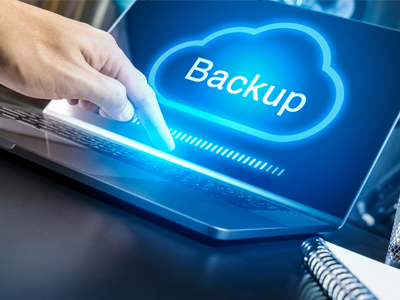A backup is just a copy of your data. So why are backups so expensive, and can cloud backup help you reduce those costs?
The Costs of Making Backups
First, let’s be clear that we aren’t really talking just about backups. For backups to be useful, you need a recovery solution, which has its own costs. The true cost of a backup solution is the combined cost of whatever resources are needed to create the backups plus the resources needed to support recovery.
There are several sources of these expenses. You can shorthand them in single-word descriptors, but that hides the extent of the costs:
• Software. You need to buy backup and recovery software. The costs will vary with the number of licenses you need. You may need to pay for maintenance and support from the software vendor.
• Storage. The backed up copies of data need to be stored on some device, whether tape or disk. There may be support contracts associated with the backup devices. In addition, the backup devices require power and cooling, adding to utility bills.
• Offsite. For true protection, you need to keep a copy of your backups at an offsite location. This can mean simply paying for offsite storage or maintaining a complete secondary site to support recovery.
• Personnel. Some of your IT resources will spend at least some of their time overseeing the backups, monitoring them for problems, and taking steps to address any errors.
• Downtime. Creating usable backups may require systems to be down. And of course, recovery typically happens when systems are down due to an accident, failure, or disaster. All system outages mean some business function is delayed.
Cloud Backup and Recovery Savings
Before looking at how cloud backup and recovery can reduce spending, it’s important to understand that cloud backup can take various forms. Depending on the option you choose, the costs and savings over traditional methods will vary.
1. Simple backup to cloud storage. Cloud can serve as a simple replacement for your on-premises backup media.
2. Backup to an active cloud system. Data can be backed up to an actively running instance in the cloud. This allows cloud to replace secondary data centers.
3. Disaster Recovery as a Service. This approach uses a highly automated cloud-based service to manage backup and recovery.
Depending on which of these approaches you select, cloud-based backup and recovery can reduce spending in several ways:
• Reduced CapEx. Cloud spending is OpEx, not CapEx. There are no large upfront costs to buy large amounts of storage.
• Reduced expenses of secondary sites. Because storage and, potentially, VMs are in the cloud, the expenses of maintaining secondary physical locations are removed or eliminated.
• Reduced costs of downtime. High levels of automation in DRaaS enable reduced recovery times.
• Reduced staffing requirements. Because cloud backups are highly automated, there’s less manual intervention required, freeing up staff to work on other functions.
VAST IT Services develops cost-effective, customized business continuity solutions leveraging cloud capabilities. Contact us to learn how to use cloud-based disaster recovery to lower the cost of protecting your business.



